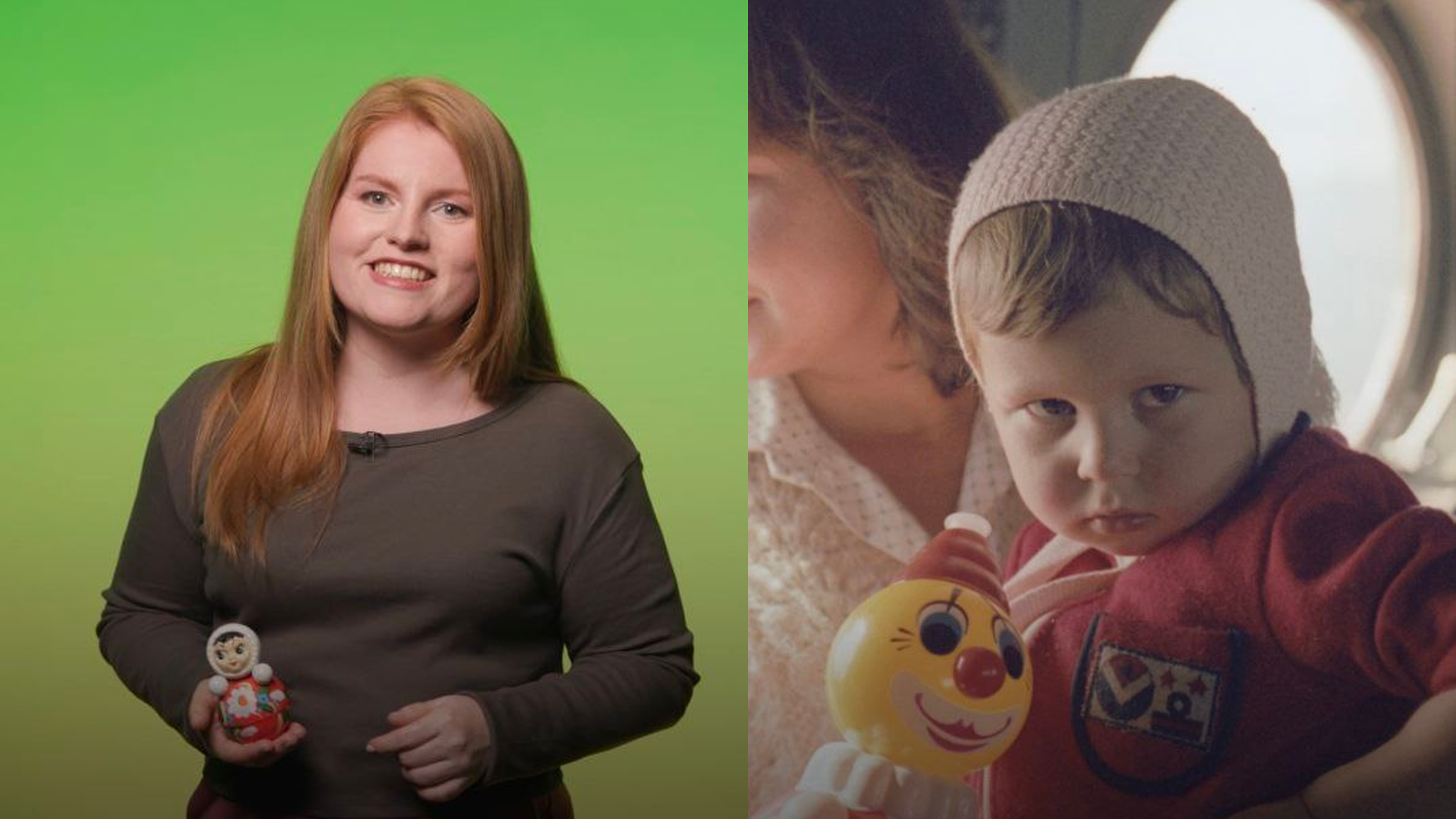
7 unusual Soviet cafes & restaurants (PHOTOS)

1. Vending machine cafes

One of the first cafes with an unusual concept in the USSR was the so-called ‘vending machine cafe’. All major cities, including Leningrad (St. Petersburg), Moscow, Novosibirsk and other large Soviet cities had them. The idea of automating catering was spied on in the United States back in the 1930s.
This is what the most famous Moscow automatic cafe not far from the ‘Detsky Mir’ children’s store looked like. There were about 40 cold and hot dishes on the menu. The visitor bought a token at the cash register and then chose a dish. As the ‘Soviet Trade’ magazine once wrote, approximately 10,000 people dined there every day.
The cafe operated from 1954 to 1961: over time, the machines broke down and the place was turned into a regular canteen.
2. Cafe in a “flying saucer”

In the mid-1960s, the whole world was inspired by space travel. Finnish architect Matti Suuronen invented a house in the shape of a flying saucer he called ‘Futuro’ and several units ended up in the USSR.
In Krasnodar, there was an ice-cream cafe called ‘Sputnik’ inside this construction. The “saucer house” was located in an ordinary residential area of the city and was especially popular with families with children.
3. Cafes in the metro

Buffets at subway stations have been operating since the opening of the Moscow Metro in 1935. Thus, at the ‘Okhotny Ryad’ station, you could buy ice cream, candy and soft drinks.
In the post-war years, buffets could also be found at stations ‘Airport’, ‘Bibliotheka imeni Lenina’, ‘Kropotkinskaya’ and ‘Komsomolskaya’.
There is still a buffet at ‘Arbatskaya’, which, in the Soviet years, was intended for train drivers, but, today, is open to everyone.
4. Restaurant with a view

It was not only a restaurant, but also an attraction. The three-level ‘Sedmoye Nebo’ (‘Seventh Sky’) restaurant in the Ostankino TV Tower was one of the highest in the world - 330 meters above the ground and it also rotated. It made one revolution in 40 minutes, so you could admire the whole panorama of Moscow.
It was small, only for up to 80 guests and they sold individual tickets to get in. The menu included set lunches, which were only heated up here, as cooking in the TV tower was prohibited for safety reasons.
After a fire at the TV tower, the establishment was closed for 15 years for reconstruction and reopened in 2016.
5. Airplane cafes

Decommissioned airplanes in the Soviet years could often be seen in city parks. Most often, they were converted into children's cinemas or cafes. The names were connected with the sky: ‘Flight’, ‘Liner’, ‘Icarus’.
6. Youth cafes & jazz clubs

Budget cafes with bright signs and cheerful music appeared only during the “thaw” in the 1960s. In the first years of this decade alone, more than 300 establishments opened in major cities across the USSR.
Many worked as regular cafes during the day and, in the evenings, they turned into jazz clubs. Students, artists, writers and literary figures loved to frequent them.
7. Tram-cafes

In Soviet cities, you could see another unusual type of public catering – trams converted into cafes. They began to appear in the 1980s, when private enterprise was allowed. They served the simplest dishes – it was difficult to organize a kitchen back then. But, they were very atmospheric. In Moscow, one tram-cafe even ran around Chistye Ponds and even managed to appear in some movies.













